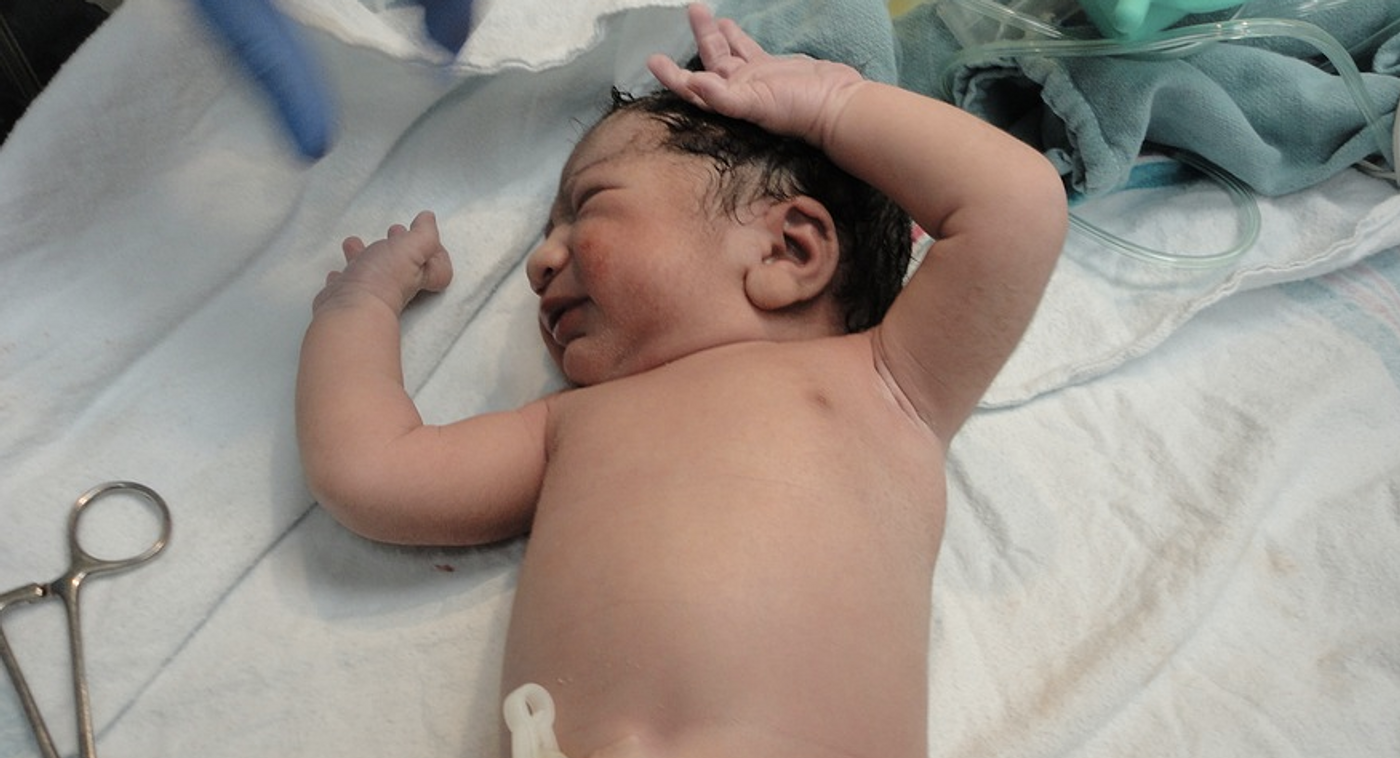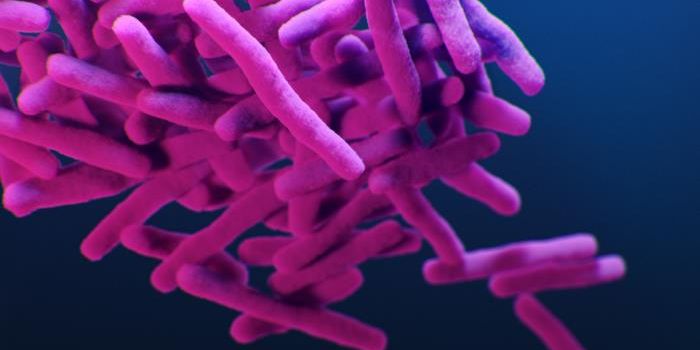Cord Blood Samples Reveal More About the Genetics of Autism
The activity of genes in our genome is controlled by many factors, one of which are chemical tags or structural changes that alter the expression of the genome without changing its sequence. New work has linked epigenetic tags called methyl groups to autism. This work, which was reported in Genome Medicine, identified a unique pattern of DNA methylation in the cord blood of newborn babies that were later diagnosed with autism spectrum disorder (ASD). The methyl groups appeared in areas of the genome that are connected to early neurodevelopment.
"We found evidence that a DNA methylation signature of ASD exists in cord blood with specific regions consistently differentially methylated," said the lead study author Janine LaSalle, professor of microbiology and immunology at the University of California, Davis.
ASD is a complex disorder that causes a spectrum of problems and tends to be diagnosed at higher rates in males compared to females. This study also revealed epigenomic patterns that are connected to the developmental and sex-biased foundation of autism spectrum disorder.
Methyl groups, known as CH3, are one of the most common epigenetic tags, and some epigenetic features are known to be passed down to offspring from parents. There are also places in the genome with very different methylation signatures, known as differentially methylated regions (DMRs).
In this study, the scientists assessed 152 children who were part of the MARBLES and EARLI studies. Their mothers had already had at least one older child with autism and were thought to have a high risk of having another autistic child. After these children were born, samples of umbilical cord blood were preserved. The children went on to have diagnostic tests when they were three years old. Children were categorized as typically developing (TD) or with ASD.
Whole-genome sequencing was performed on the samples in order to characterize the methylation patterns. The samples included 39 TD males and 35 ASD males, and 17 TD females and 15 ASD females. A replication set consisted of 38 makes, 17 of whom were TD and 15 ASD, as well as eight females, three that were TD and five ASD. Methylation patterns were compared and the researchers looked at DMRs and the genes they contained. This was compared to previous ASD studies.
This work revealed seven regions in males and 31 in females that were different in individuals with ASD versus those that were neurotypical. There were 537 DMR genes in males and in females, there were 1,762 DMR genes replicated with gene association. Binding sites in some of the DMRs are relevant to the development of the fetal brain.
"Findings from our study provide key insights for early diagnosis and intervention," LaSalle said. "We were impressed by the ability of cord blood to reveal insights into genes and pathways relevant to the fetal brain."
Additional research will be needed to confirm these results, the researchers cautioned, but it shows that cord blood can teach us more about the development of ASD.
Sources: AAAS/Eurekalert! Via University of California Davis, Genome Medicine









